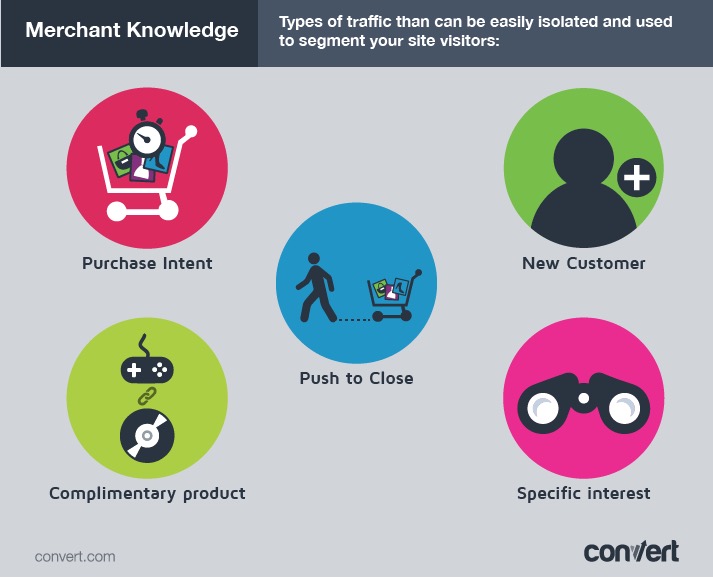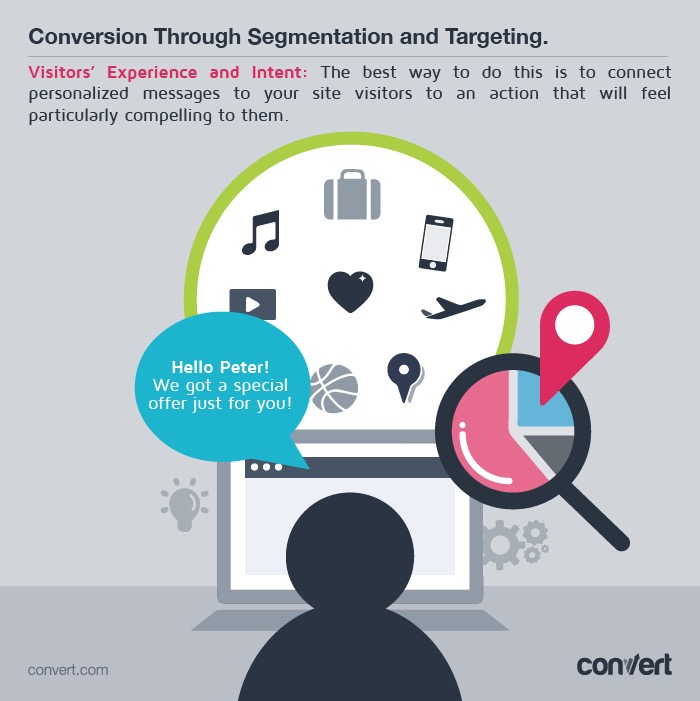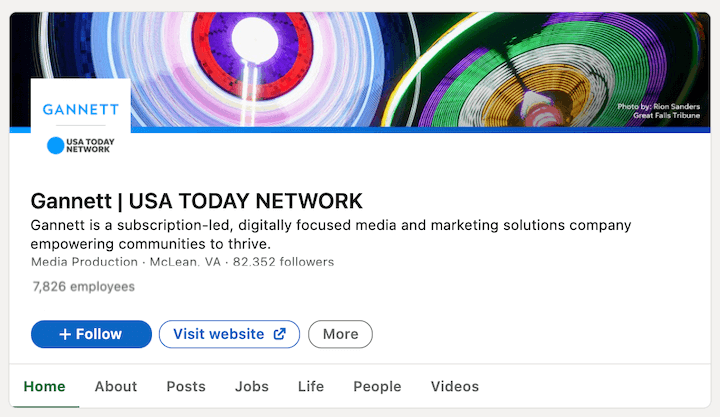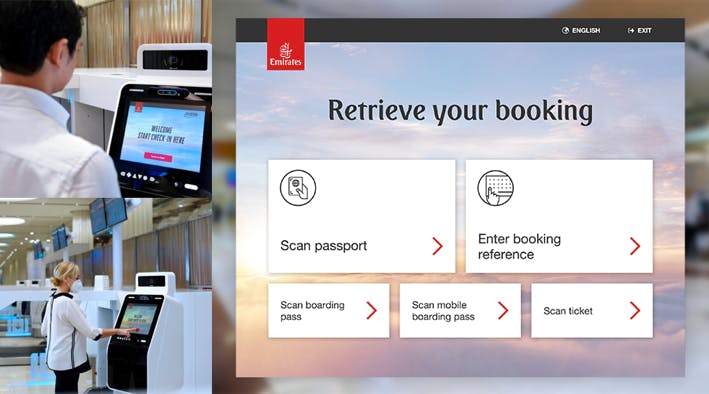30th Sep 2015 – 

Tracking and organizing the massive amounts of data you have for your e-commerce along these lines, and others that Adelman covers in more detail in the webinar, will help you to create specific targets that enhance the experience of the site (rather than reach out to customers based on facts about them). That way, you create a more personalized version of your website. One that feels like a dialogue between your business and your customer.
- Creating and Fostering Dialogue
- Nurturing Customers Interest Throughout Your Ecommerce Store
- Good Merchant Knowledge
Creating and Fostering Dialogue
For Adelman, segmenting has to do with a lot more than breaking up your customers by gender, age location, or device–as so many marketing campaigns are prone to do. In his own words:
Too often, sites rely on the same tactics that work with brick and mortar stores, simply putting them on the computer and hoping for the same results is misleading and won’t results in impressive sales figures. This is the easiest thing to do, of course, and in a way it seems like it should work. Why wouldn’t a campaign or coupon that brought people to a physical location bring them to their screens? The answers aren’t simple, as Derek Adelman, co-founder of Fanplayr, pointed out in his dynamic and engaging webinar for us, covering segmentation and targeting in e-commerce. For Adelman the success of these strategies depends on three main areas:
Of course, one of Adelman’s best pieces of advice deals with the way in which you present these messages or personalizations. It’s important to not bombard the visitor with pop-ups. As he says, “Be visible…but without being annoying.” For more information regarding segmentation, you can watch the webinar here.
That’s a big idea to break down when it comes to segmenting your own target market. Adelman pointed out that the most important thing about segmentation isn’t demographics, it’s more related to the customer and how they feel about your site. Customer persona identification would help you understand your customer pain points and assist you in building a communication strategy that is focused on individual customer interests. Digital marketplaces or any type of attempted digital conversion, is all about an individualized customer experience -The Internet is not one size fits all like a physical store.
Nurturing Customers Interest Throughout Your Ecommerce Store
The answer lies in the data that you collect about your customers through analytics. Instead of segmenting based on demographics, segment based on the knowledge you have about their experience of your site, and then use that to target them and present a more personalized experience.
So, how can you do this and segment your customers in order to create a more personalized dialogue? According to Adelman, the best place to start is by looking to user experience to determine customers intent.

Merchant Knowledge
As an e-commerce site, you have a lot of data from analytics that can give you good view into your site visitors. It might seem like an endless amount of numbers showing page views, length of time spent on a page, and click-throughs, but it’s time to demystify that data and use it for segmentation, targeting and advanced personalization. For Adelman, these are the types of traffic that can be easily isolated and used to segment your site visitors:
- Purchase Intent: For example, when a visitor adds a product to their cart early on, this shows an intention to buy, meaning you can target those customers who don’t display this intent with an offer that pops up if they haven’t added something to their cart after a set amount of time.
- Push to Close: In some ways, this is the opposite. Has someone had something in their cart for a long time but isn’t moving forward with check-out?
- New Customer: Have they never been to your site before?
- Complimentary product: This has more to do with the product than the customer, but if you know two products often sell well together, why not inform a customer looking at one about the other.
- Specific interest: Are the customers looking for one thing and one thing only?
One thing that comes up a lot on the Convert blog, and in our webinars with various experts, is something that seems so obvious, but can be incredibly hard to accept: e-commerce just doesn’t work the same way as traditional retail.
In-store marketing tactics seldom work well with e-commerce store due to the fact that your visitor’s stakes are extremely low, meaning they can come and go as they please. Your website user experience needs to be focused around a personal dialogue and nurturing the interest into a purchase through related purchase offers. The best way to do this is to connect personalized messages to your site visitors to an action that will feel particularly compelling to them.






